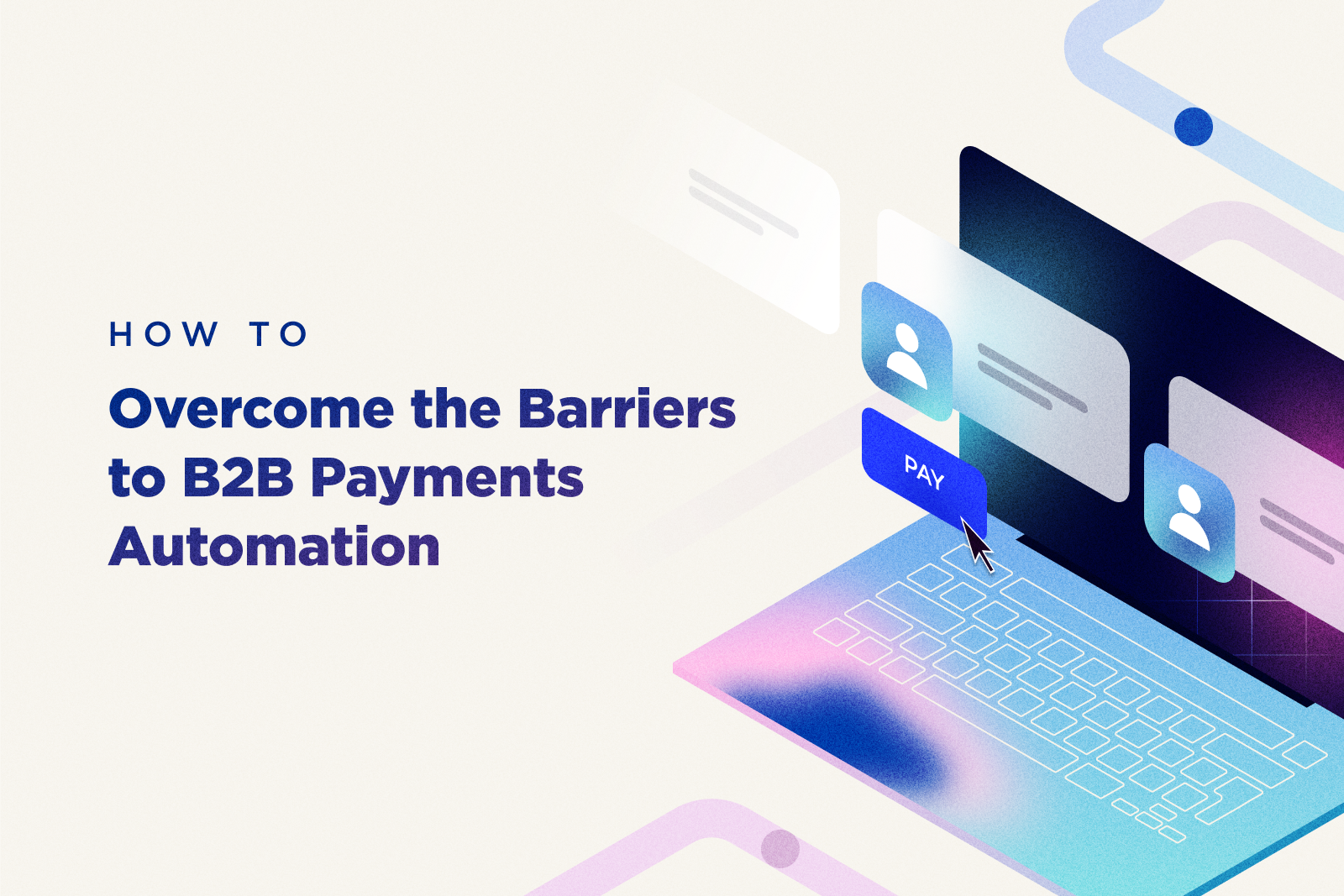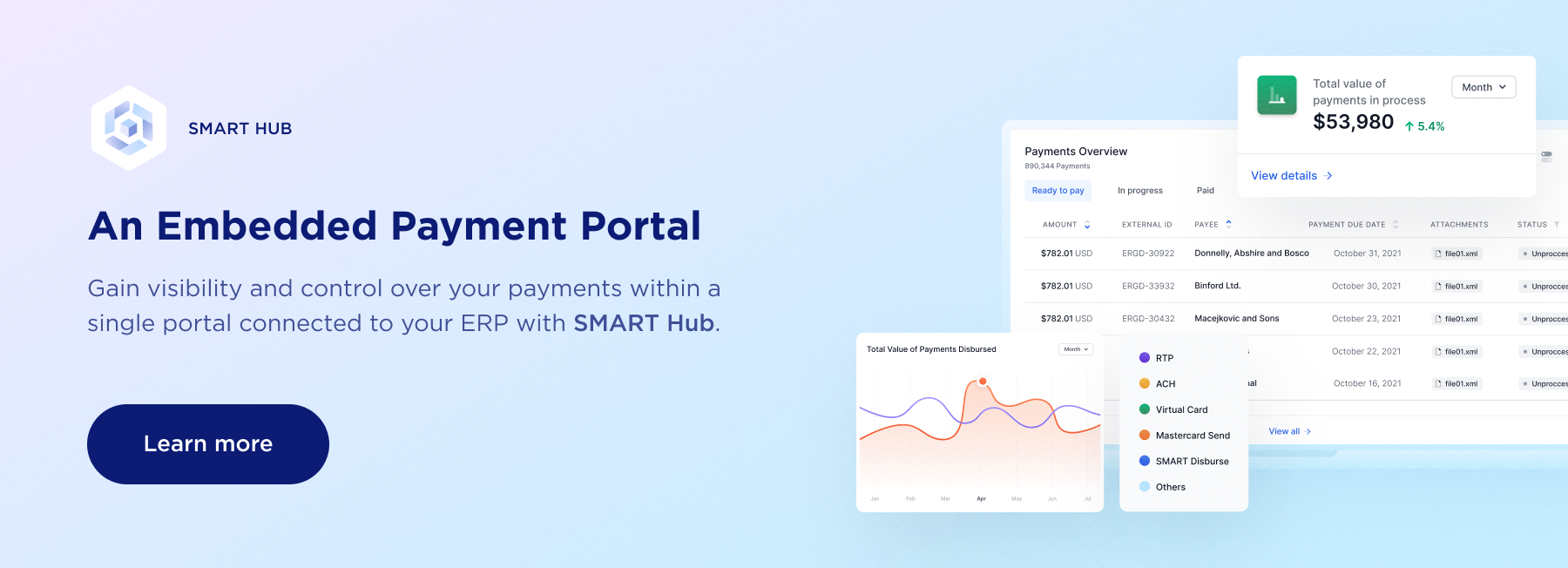Businesses have made a lot of progress over the past two years in digitizing the way they operate.
But business-to-business (B2B) payments are one corner of the typical corporate enterprise that still needs work. B2B payments remain one of the last major opportunities for digital transformation. That’s according to new Fintech industry research from FT Partners.
Shockingly, checks still account for almost 50% of B2B payments, FT Partners finds.
Manual processes and inefficient payment methods are a big contributor to higher costs, payment errors and failures, and increased security risks. With nearly $29 trillion wrapped up in the U.S. B2B payments market, it’s no wonder that businesses big and small are rushing to digitize their accounts payable and accounts receivable payments – along with their processes involving purchase orders, invoices, and payment terms – to reduce costs and human errors and increase productivity.
Approximately 60% of businesses are digitizing their B2B payments, the Association for Financial Professionals wrote in its “Companies Embrace Electronic B2B Payments” report.
Why has it taken businesses so long to automate their B2B payments?
After all, most consumers ditched paper checks long ago. Unlike consumer payments, B2B payments typically involve a lot more processing volume and complexity. For starters, many businesses must pay suppliers using multiple currencies and an ever-expanding array of payment methods. And it’s not uncommon for a business to transact with thousands of active suppliers each month. Unlike consumer payments, B2B payments often occur across multiple locations and are usually not completed in one business day.
Without the right technology for B2B payments, businesses are typically saddled with complex, time-consuming, and manual payment processes.
The B2B payment process – from the time a purchase order is created to the point when accounts payable pays an invoice – usually takes between 30 days and 90 days. B2B payment inefficiencies are a big reason that 43% of U.S. B2B invoices were past due in 2020 – a significant jump from 19% in 2019, according to Atradius.
It’s also not unusual for global supply chains to move faster than underlying cross-border payments.
The benefits of an embedded payment solution
Digitization can help businesses remove inefficiencies in traditional B2B payment processes.
That’s why ACH, card, real-time payments, and other digital payment methods are expected to account for an increasingly larger portion of the total B2B payments market, FT Partners says. ACH and commercial card have already experienced increased volume over the past several years.
But businesses cannot achieve the full benefits of digital B2B payments without the right solution. In fact, the wrong approach to B2B payments can hold back a business’ digital transformation efforts.
That’s why more businesses are deploying embedded payment solutions.
Embedded payment solutions provide pre-built connectors to any legacy enterprise resource planning (ERP) application, accounting software, or other legacy systems. The technology overcomes the connectivity issues created by differing and complex payment capabilities of systems of record, making it easy for businesses to automate the way they make, manage, and receive B2B payments.
Pre-built integrations make it possible for businesses to get up and running fast with any method of digital payment with minimal IT involvement and no disruption to existing B2B processes.
Embedded payment solutions:
- allow the entire B2B process – from initiation through settlement – to be free of human intervention
- help businesses pay and receive money faster than paper checks
- ensure the frictionless flow of transactions and data
- built-in supply chain financing functionality provides suppliers with a working capital management tool
- automate manual reconciliation processes, eliminating the need for finance staff to re-key data, make manual updates in their system of record, or maintain spreadsheets
- eliminate the need for accounts payable staff to approve invoices for payment after they are posted to a system of record
And the technology provides a single platform for checking on the status of invoices ready to pay and progress and completed payments, regardless of the payment method. Historical payment information also is instantly available.
If your B2B payment efforts need a jump start, embedded payments may be the solution.




